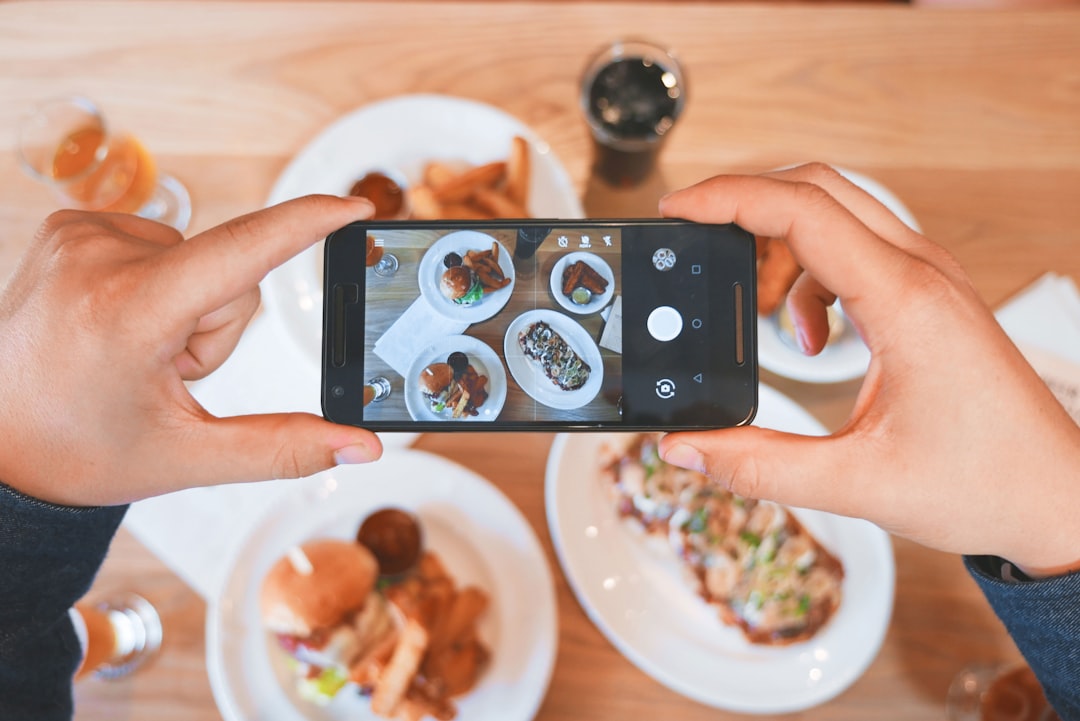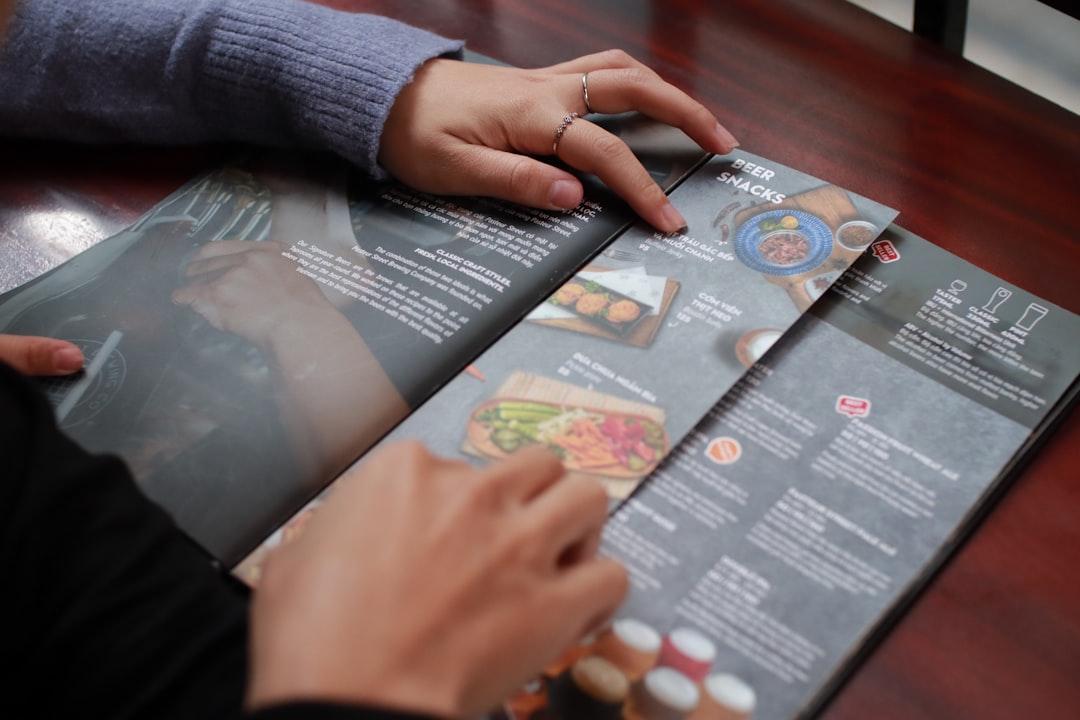Running a restaurant is hard enough. Marketing it shouldn't add to your stress. Yet in today's competitive landscape, effective marketing can make the difference between a packed house and empty tables.
Let's cut through the noise and focus on what actually works.
Before jumping into tactics, you need a solid foundation:
What makes your restaurant special? Is it your authentic family recipes, farm-to-table ingredients, or exceptional service?
Your UVP should be clear, compelling, and consistently communicated across all channels. This isn't just marketing fluff—it's the core of your brand identity that guides every decision. Think about how Chipotle built their entire brand on "food with integrity" or how Sweetgreen emphasizes local sourcing in everything they do.
Not all diners are created equal. The health-conscious lunch crowd has different needs than weekend celebration diners.
According to recent research from Mintel, targeted audience segmentation allows you to tailor your messaging to specific demographics based on their preferences, behaviors, and dietary needs. This precision marketing delivers higher returns than generic campaigns.
For example, if data shows your weekday lunch crowd is primarily health-conscious professionals, you might promote nutrient-dense bowls and quick service on LinkedIn during business hours, while targeting families with value meal promotions on Facebook during weekend evenings.
At minimum, you need:
Think of your digital presence as your restaurant's virtual storefront—it needs to be as inviting and functional as your physical location.

The classic marketing framework applies perfectly to restaurants:
Your "product" extends beyond food to include the entire dining experience. Focus on:
The story of why your grandmother's pasta recipe made it onto your menu might be as important as how delicious it tastes. OpenTable's research shows that diners increasingly want to connect with the "why" behind your restaurant.
Strategic pricing can drive traffic and maximize profits:
Consider how quick-service restaurants use "happy hour" pricing to drive traffic during traditionally slow periods—the same principles can work at any price point.
Where and how customers can access your restaurant:
When the pandemic hit, restaurants with established delivery systems thrived while others scrambled. Today, having multiple access points isn't just convenient—it's critical.
How you communicate your value:
Not all platforms are created equal for restaurants:
TikTok has become essential for reaching younger audiences. Chipotle masterfully demonstrated this by adding new side options after a viral TikTok highlighted customer demand—driving both engagement and sales. Their responsiveness turned casual viewers into loyal customers.
Facebook remains valuable for broader reach, community building, and event promotion. Create a content calendar that balances food photos, behind-the-scenes content, and promotional offers. What works well here is showcasing your team's personality and restaurant culture—elements that humanize your brand beyond the food.
Email marketing delivers an astonishing ROI when done right. Build your list by:
Then nurture those subscribers with:
A neighborhood pizza place in Chicago increased their weekday business by 22% simply by sending a "beat the mid-week blues" discount code to their email list every Wednesday morning. That's the power of owning your audience.
When hungry people search "restaurants near me," you need to appear. Optimize your Google Business Profile by:
Think of Google as your digital host, directing hungry patrons to your door. The better information you provide, the more likely they'll send hungry customers your way.

Despite digital dominance, traditional marketing remains effective:
Sponsor local events, sports teams, or charities that align with your values. This builds goodwill and introduces your restaurant to potential customers. A seafood restaurant in Seattle sponsors beach cleanups, reinforcing their commitment to sustainable seafood while connecting with environmentally-conscious diners.
Partner with complementary businesses. A local brewery might promote your restaurant to their customers in exchange for carrying their beers. Oppizi's research shows these partnerships create win-win scenarios with minimal investment.
Local media still influences dining decisions. Create newsworthy stories about your restaurant—a unique ingredient sourcing program, charitable initiative, or special event—and pitch them to local publications. One restaurateur I know got front-page coverage by partnering with a local farm to create a scholarship for agricultural students—the PR value far exceeded what paid advertising would have cost.
Marketing without measurement is just guesswork. Track these key metrics:
Modern restaurant management platforms like Spindl can help track these metrics while streamlining operations. By integrating your marketing efforts with your operational systems, you can see exactly which promotions drive real revenue.
Unlike traditional systems that require managing multiple platforms, an integrated solution gives you a comprehensive view of how marketing impacts your bottom line. When your delivery app orders, loyalty program, and POS all talk to each other, you can trace a customer's journey from Instagram ad to third visit.
Week 1: Foundation
Week 2: Content Creation
Week 3: Implementation
Week 4: Analysis & Optimization
Effective restaurant marketing doesn't require a massive budget or a dedicated team. By focusing on the fundamentals, leveraging the right digital tools, and measuring what matters, you can create a sustainable marketing system that keeps tables full.
The restaurant industry continues to evolve, but one thing remains constant: exceptional experiences, effectively communicated to the right audience, will always drive success. Start with understanding what makes your restaurant special, tell that story consistently across channels, and use data to refine your approach. Your marketing will become as much a signature as your most popular dish.
